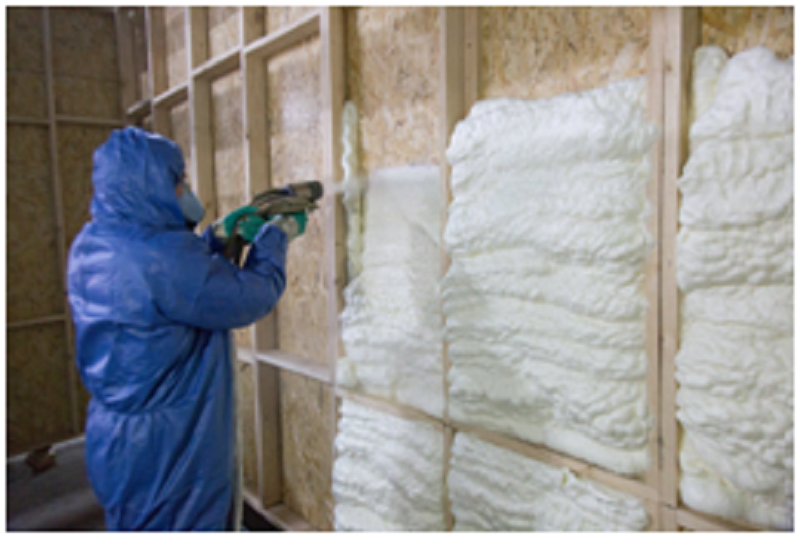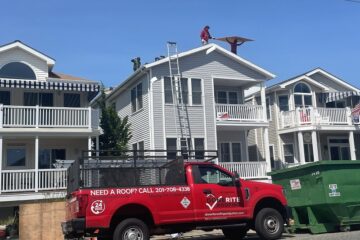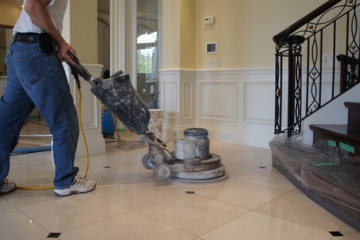How Loft Insulation Reduces Heat Loss In A House And Increases EPC Rating

This article is provided by epc4less, a Belfast-based company that provides Energy Performance Certificates to private landlords and homeowners.
Up to a quarter of the heat lost from a house escapes through the roof. Insulating your loft is an effective way to reduce heat loss in your home, better your energy rating and save money on your energy bills. This article explains why.
Why is loft insulation important?
When you turn your heating on, heat passes throughout your home, up through your ceilings and into your loft space. This is where heat escapes through your roof and is lost.
Loft insulation reduces these losses. The thicker your loft insulation, the more effective it is at stopping heat from leaving your home. Domestic Energy Assessors in Belfast, EPC Belfast, who survey houses for the Energy Performance Certificate (EPC) have found that homes with 270mm of loft insulation have better energy ratings than homes of the same size with little or no loft insulation.
How loft insulation works
Loft insulation helps to reduce the amount of heat that can reach your loft space and escape through the roof. It also slows down the overall movement of heat from inside your home to the outside environment, essentially keeping the warmth in for longer. This means that you can heat an insulated home less and still achieve the same room temperature, saving both energy and money.
Different types of loft insulation
There are various different types of loft insulation available. Which insulation material is best for your home depends on a number of factors, including how easy it is to access your loft.
If your loft is easy to access, you may be able to insulate it yourself using layers of felt-like insulation material (usually mineral wool) available from most DIY stores. Alternatively, you can fit insulation boards to the underside of your roof between the rafters.
If your loft does not have easy access or you have damp or condensation problems, you will need to hire a professional. They can install loose insulation material which is blown into your loft space.
All solutions improve the Energy Performance Certificate equally.
How much does loft insulation cost?
The cost of installing loft insulation depends on whether you fit it yourself or hire a professional. Various websites, such as Which, estimate the following costs:
- Do it yourself costs: £50 to £350
- Professional costs: £100 to £350
The actual cost varies within these ranges depending on whether you’re getting full insulation fitted or just a top up to what you already have. In many cases it is as cost effective to get a professional installer to fit your insulation for you, especially if you aren’t confident doing it yourself.
How to install loft insulation
If you wish to improve the Energy Performance Certificate of your house and want to fit loft insulation yourself then:
- Take care not to squash down the insulation material. Squashed insulation material is less effective.
- Make sure you don’t block any air vents when you lay the insulation. These air vents help to prevent condensation in your loft.
- Do not cover any electrical wires, cables or light fittings with insulation material. Keep them visible to avoid overheating.
- Always wear protective equipment including a mask and gloves when working with mineral wool insulation to reduce any risk to your health.
Technical issues to consider before installing loft insulation
Loft insulation will make your loft colder as less heat is passing up into the loft space. This can cause new issues which you may need to prepare for:
- Damp. A colder loft can make damp problems worse. If you already have condensation issues in your loft space, try to solve them before fitting insulation.
- Freezing pipes. As a colder loft will also make your pipes colder, it is a good idea to insulate (lag) these to prevent them freezing in cold weather.
- Cold draughts. Cold draughts may blow into your house through your loft hatch, so it is a good idea to get an insulated loft hatch and draught-proof the frame. Adhesive draught-proofing strips are available from most DIY stores.
Impact of loft insulation on an Energy Performance Certificate
As loft insulation reduces heat losses, it is sure to have a positive impact on the energy rating of your property. A property with 270mm of loft insulation will have 10 to 15 additional points in their energy rating compared to a property of the same size, style and age with no insulation at all.
If you house is in Belfast, or Northern Ireland, and want get an assessment of your house or order an Energy Performance Certificate visit epc4less




